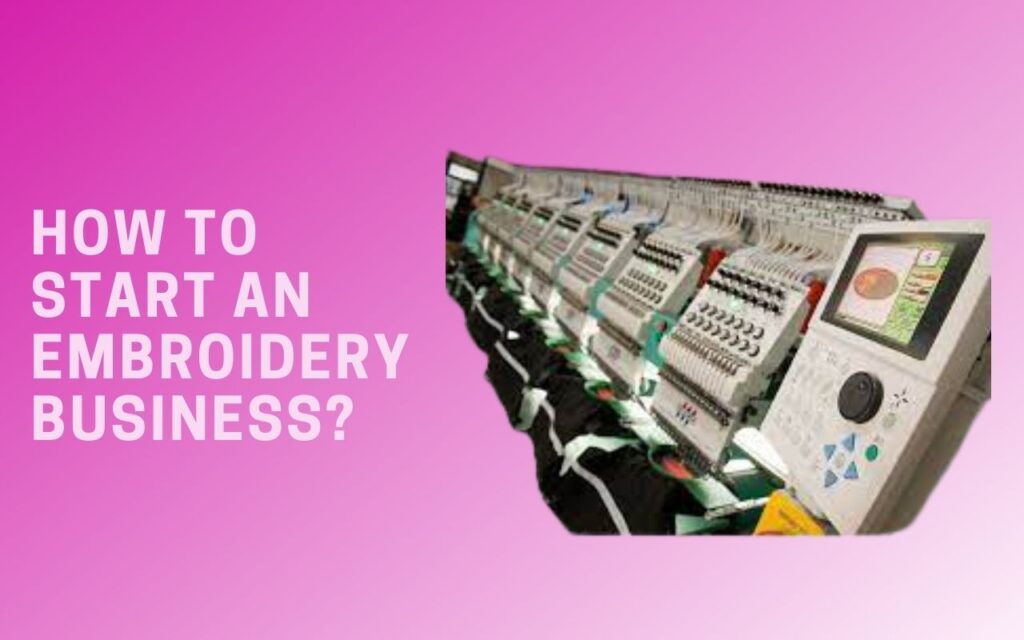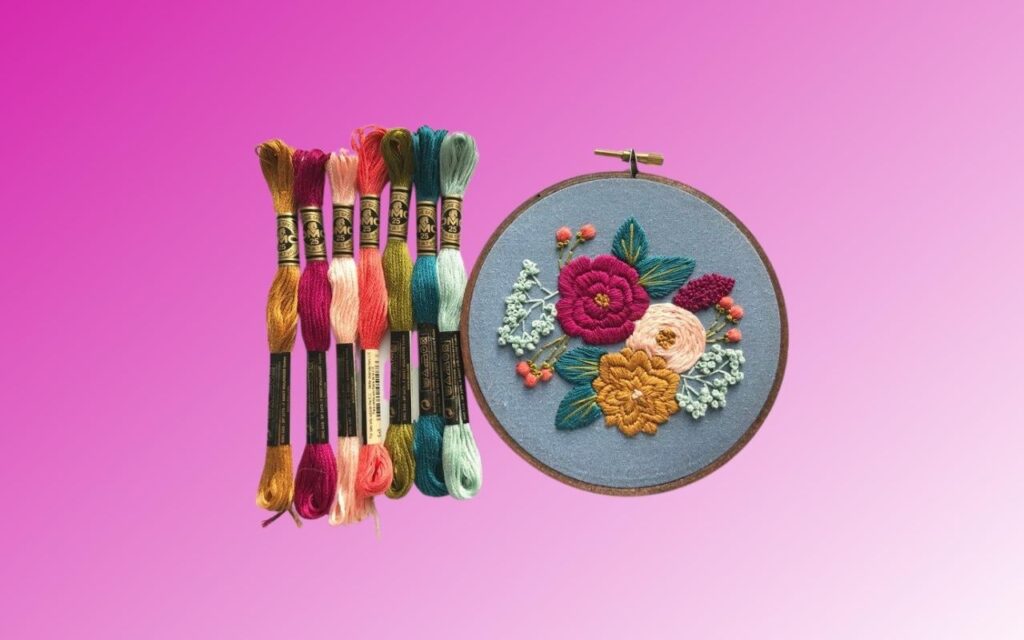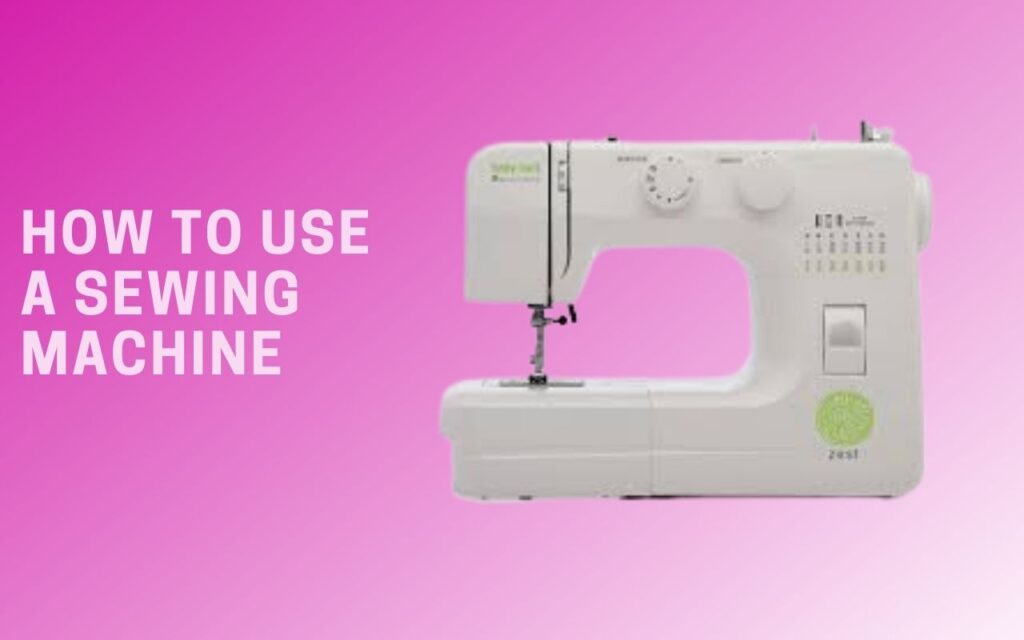Embroidery is a needle-and-thread way of embellishing materials. Embroidery styles and methods vary widely. With its diverse threads, this ornamental stitching method works independently from the weave of the cloth, allowing you to embroider any pattern, realistic or abstract, onto any fabric. Surface embroidery gives you the most creative freedom when using vibrant threads and specialized fibers to create gorgeous designs.
For example, your favorite white t-shirt is basic, but it transforms into a statement of your particular style with an embroidered design. Moreover, you can also repurpose last season’s purses into beautiful accessories that you’ll be happy to flaunt. Hand-stitched creations allow you to express yourself! To put it simply, embroidery is a method of decorating cloth with a needle and thread.
But how did this method come into being and become so popular? Let’s discuss The Brief History of Embroidery so that you can have complete knowledge of it!
Contents
- 1 All About Embroidery
- 2 The Origin of Embroidery
- 3 Early History
- 4 Embroidery in Ancient Cultures
- 5 Embroidery in the 9th century
- 6 History from the 1100s to 1700s
- 7 The era of the 1800s
- 8 19th Century
- 9 Traditional embroidery
- 10 Modern Embroidery
- 11 Nations Well-Known For Their Embroidery
- 12 Palestine
- 13 Ukraine
- 14 Serbia
- 15 Tunisia
- 16 India
- 17 Final Verdict
All About Embroidery
Embroidery, formerly dismissed as a minor skill, is today acknowledged as an art form in its own right. Embroidery has a rich history, having been in practically every civilization on the planet for millennia. While techniques differ depending on where you are, some stitches are more or less global, and fundamental needlework is almost always the same. Now, let’s talk about its origin
The Origin of Embroidery
Embroidery is a time-honored technique. People discovered it thousands of years back on fabric from China and Russia. The Bayeux Tapestry, which dates back to around 1076, is a well-known example of needlework.
Today, many cultures throughout the world practice embroidery. Embroidery on textiles has served as a symbol of social position and riches throughout history. On regal clothing and religious vestments, you may see instances of magnificent, intricate stitching.
Several early instances of needlework have been discovered across the world. The Warring States era (5th–3rd century B.C.) has been assigned to works in China. They used running stitch, stem stitch, back stitch, tailor’s buttonhole stitch, and Whipstitch to reinforce the edges of trimming bands on a garment from the Migration period in Sweden (roughly 300–700 AD).
Early History
Embroidery has been done for decades to embellish garments. Embroidery dates back to the Cro-Magnon period, or around 30,000 BC. During a recent archaeological dig, people found the fossilized remains of hand-stitched and ornamented garments, boots, and a cap.
Extensively drilled shells with beautiful motifs on animal skins were unearthed in Siberia between 5000 and 6000 B.C. Images depicting embroidery of clothes with silk thread, precious stones, and pearls date back to 3500 B.C. in Chinese thread embroidery. During the Warring States era, examples of surviving Chinese chain stitch needlework in silk thread have also been discovered and dated (5th-3rd century BC).
The origins of embroidery and most other fiber and needlework arts occurred in the Orient and the Middle East. Primitive humans soon discovered that they could also use the stitches, used to bind animal hides together for decoration. We can see people wearing thread-embroidered garments throughout recorded history, sculptures, and vases showing residents of numerous ancient civilizations.
Embroidery in Ancient Cultures
Few antique works have survived because of the fleeting nature of needlework materials. Paintings, vases, and sculptures representing individuals of many ancient societies wearing embroidered clothes provide most of what historians know about needlework in ancient cultures. People found some embroidery dating back over three thousand years in Greek, Babylonian, Byzantine, Syrian, and other cultures. Each had its style, integrating local methods and materials for embellishment and pulling motifs from their mythology.
Embroidery in the 9th century
An item of clothing from 9th century Sweden, known as the Viking Age, has the world’s oldest surviving piece of needlework. Embroidery did not become popular among the powerful European upper classes as a sign of wealth until centuries later. The world-famous Bayeaux Tapestry, a thread-and-fabric recounting of the Norman conquest of England, was created during this period.
History from the 1100s to 1700s
People sewed smaller seed pearls on vellum to embellish religious goods in the 1100s and embroidered beads onto clothes from the 1200s through the 1300s. Embroideries throughout Europe and other parts of the world had become more elaborate by 1500 A.D. Extensive thread, and bead embroidery was fashionable throughout this era and into the 1700s. Layette baskets, court gowns, household furniture, and other objects included bead embroidery.
Many cultures, including ancient Persia, Japan, India, China, Byzantium, medieval and Baroque Europe, have used elaborately embroidered clothes, sacred artifacts, and domestic goods to symbolize wealth and prestige. Traditional folk skills were passed down from generation to generation in societies as different as northern Vietnam, Mexico, and eastern Europe. Medieval England saw the emergence of professional workshops and guilds. Opus Anglicanum, or “English labor,” was the outcome of these workshops, and it was well-known across Europe. At the 19th century end, the manufacturing of machine-made embroideries flourished in St. Gallen, eastern Switzerland.
The era of the 1800s
Sewing skills arose from the process of tailoring, patching, repairing, and reinforcing material, and the ornamental potential of sewing spawned embroidery. With the machine era of the 1800s, when Art needlework and Berlin wool-work arrived on the scene, elaborate freehand sewn thread embroidery began to diminish.
Counted cross-stitch, which uses square meshed canvas with stitch-by-stitch thread patterns, superseded Berlin wool-work, canvas thread embroidery, in popularity in the 1880s. The development of color-printed patterns eliminated the necessity to count each stitch in many cases. Bead embroidery and the new needlework techniques of the 1800s were gaining favor as sophisticated freehand thread embroidery faded.
19th Century
Later, in 18th-century England and her colonies, needlework was a talent that communicated rank and social status. However, the Industrial Revolution brought about the creation of the embroidery machine and mass manufacturing in phases. Machine embroidery was first discovered in France in the mid-1800s, and it combined machine looms with hand embroidery.
Mail-order catalogs and pattern sheets helped embroidery become increasingly popular around 1900.
Embroidery is no longer solely an upper-class activity since people can do it now on more affordable materials. Moreover, whereas stitching has traditionally been a female-dominated activity, men increasingly embrace it. Actor Henry Fonda said that his favorite pastime is embroidering during an interview. The King of Sweden from 1907 until 1950, Gustaf V was another great male embroiderer.
Traditional embroidery

Traditional embroidery fabrics and yarns differ from one location to the next. People have been using fabrics and yarn made from wool, linen, and silk for thousands of years. People mostly use cotton, rayon, novelty yarns, and classic wool, linen, and silk to make embroidery thread nowadays. Ribbon embroidery, which is most typically used to create floral designs, employs narrow silk or silk/organza mix ribbon.
Surface embroidery techniques like chain stitch and couching, also known as laid-work, are the most cost-effective way to employ expensive yarns. Canvas work techniques, which include burying vast quantities of adventure on the back of the piece, need more resources but a more substantial finished textile.
Modern Embroidery

Needlework now resembles embroidery from the past in many ways. Many modern embroidery projects are embroidered on a computerized embroidery machine using patterns that have been “digitized” using embroidery software. Computerized sewing machines can embroider up to 1200 stitches per minute with numerous colored threads.
Different “fills” are used in machine embroidery to texture and pattern the completed piece. Machine embroidery is used to add monograms and logos to corporate shirts or jackets, presents, and team gear and embellish home linens, draperies, and decorator textiles in a way that resembles the intricate hand stitching of the past. While modern embroidery differs from its ancient beginnings in terms of form and technique, the purpose and function of needlework remain unchanged.
Embroidered logos on shirts and jackets are becoming increasingly popular to advertise a business. Yes, both in terms of style, technique, and application, embroidery has gone a long way. It also seems to keep its allure as its popularity rises.
Nations Well-Known For Their Embroidery
While many nations utilize an embroidered stitch on touristic items like tea towels, a few well-known countries are known for needlework today.
Palestine
For hundreds of years, they created and perfected this art. In Palestine, cross-stitching is the most popular embroidery style, with floral and geometric motifs frequently embroided on clothes.
Ukraine
Embroidery in Ukraine is a centuries-old custom that dates back to the time of the Crimean Tatars, the country’s acknowledged indigenous people. Themes on embroidered garments and household linens differ by village, although Ukraine is famous for geometric and floral designs.
Serbia
People use traditional methods, embroidered designs, and colors in Serbian embroidery. They also use several colors, but red is the typical primary color used in Serbian embroidery on trees and flower motifs.
Tunisia
Tunisia is famous for its intricate needlework, including jewels and sequins. Simple designs are possible, and in Tunisia, a particular stitch pattern reveals unique information about the user!
India
India employs several embroidery techniques depending on the state in which they embellish the fabrics. People use modern materials and silk thread in Rajasthani embroidery in India. Traditionally, they wear the cloth at weddings in this country.
Final Verdict
Embroidered manufacturing now differs significantly from embroidery production in the past. Nowadays, people do most needlework on a computerized machine utilizing digital designs and software. While embroidery methods have evolved considerably since their inception, the goal and application of needlework have not. It’s still a common approach to add branding and logos to products, resulting in some rather bizarre results. No changes in materials or techniques occurred as developments from a primitive to a later, more polished stage in the history of needlework. It is a stunning reality. Moreover, embroidery software programs can convert complicated patterns into stitches that you can embellish on sewing machines in minutes. Embroidery has always been and will continue to be a popular method for individuals to customize their houses and themselves by adding personalized logos and companies.




